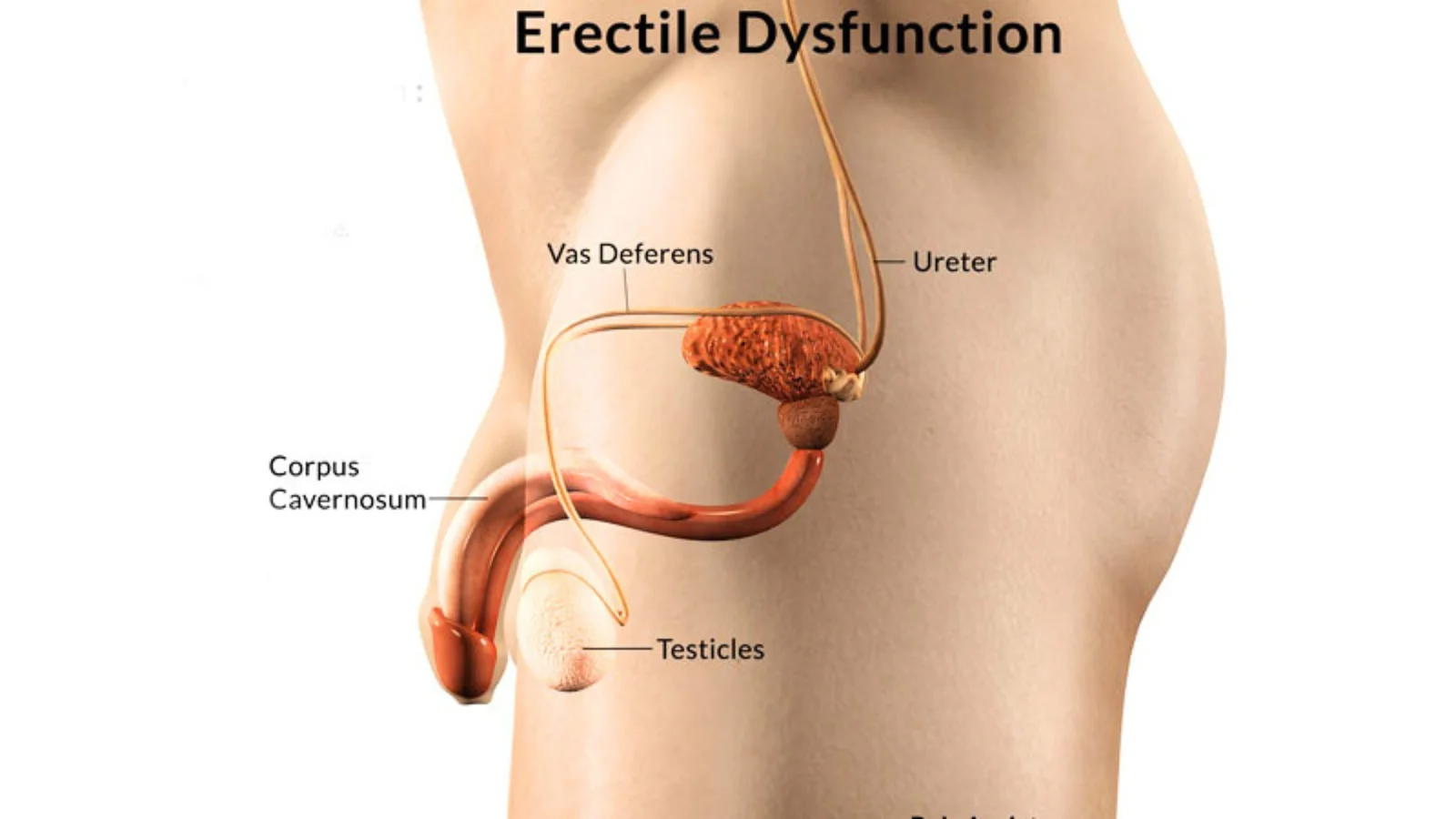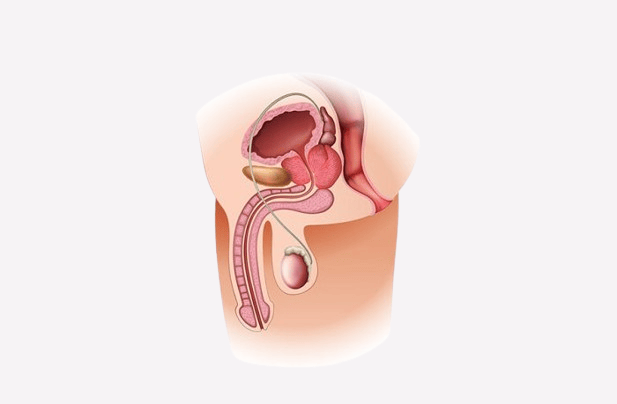Erectile Dysfunction

Erectile Dysfunction
Understanding Erectile Dysfunction
Erectile dysfunction (ED) is a common condition that affects millions of men worldwide. It is characterized by the inability to achieve or maintain an erection sufficient for sexual intercourse. While occasional difficulties with erections are normal, persistent ED can be a sign of underlying health issues that require medical attention.
Causes
ED can be caused by a variety of factors, including:
- Physical Causes: Cardiovascular disease, diabetes, high blood pressure, obesity, hormonal imbalances, and neurological disorders.
- Psychological Causes: Stress, anxiety, depression, and relationship issues.
- Lifestyle Factors: Smoking, excessive alcohol consumption, lack of physical activity, and poor diet.
- Medications: Some prescription medications may contribute to ED as a side effect.
What is the Role of Pelvic Health Physiotherapy in Erectile Dysfunction
How Pelvic Health Physiotherapy Helps in ED
Pelvic Floor Muscle Training (PFMT)
- The pelvic floor muscles (including the bulbocavernosus and ischiocavernosus) play a crucial role in achieving and maintaining erections by controlling penile blood flow.
- Strengthening these muscles improves blood retention in the penis, enhancing erection quality.
- Weak pelvic floor muscles can lead to venous leakage, causing difficulty in maintaining an erection.
Improved Blood Flow and Circulation
- Exercises and manual techniques help increase vascular supply to the penis, which is essential for stronger and longer-lasting erections.
- Better circulation also supports nerve health and tissue regeneration.
Neuromuscular Re-education
- Conditions like pelvic nerve entrapment or dysfunction can impair signals between the brain and penis, leading to erectile difficulties.
- Pelvic physiotherapy includes nerve mobilization and desensitization techniques to restore proper function.
Addressing Pelvic Floor Tension or Overactivity
- In some cases, tight or hypertonic pelvic floor muscles can lead to pain and restricted blood flow, contributing to ED.
- Physiotherapists use manual therapy, stretching, biofeedback, and relaxation techniques to release tension and restore balance.
Post-Prostatectomy Rehabilitation
- Men who have undergone prostate surgery (e.g., for prostate cancer) often experience ED due to nerve and muscle damage.
- Pelvic physiotherapy aids in nerve recovery, muscle strengthening, and improved erectile function post-surgery.
Breathing and Core Coordination
- The diaphragm, core, and pelvic floor work together to regulate intra-abdominal pressure.
- Poor coordination can lead to excessive tension or weakness, affecting erectile function.
- Physiotherapists incorporate breathing techniques and core stabilization to optimize pelvic function.
Behavioral and Lifestyle Modifications
- Education on posture, lifestyle habits, and exercise routines that promote pelvic health and erectile function.
- Guidance on avoiding excessive sitting, smoking, alcohol, and stress, which contribute to ED.
Biofeedback and Electrical Stimulation
- Biofeedback therapy helps men learn how to properly activate and control their pelvic floor muscles.
- Electrical stimulation may be used in severe cases to strengthen weak muscles and improve nerve function.

Schedule a Consultation
If you or a loved one is struggling with erectile dysfunction, don’t hesitate to seek professional help. Contact us today to schedule a confidential consultation and take the first step toward restoring your confidence and sexual health.
